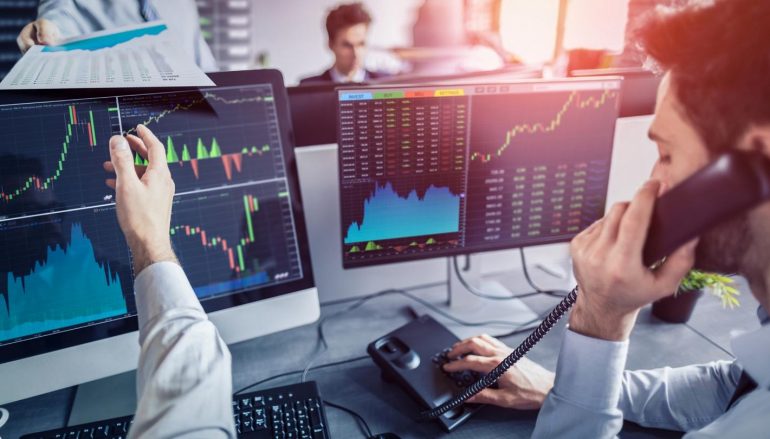

Beginner’s Guide to Futures trading
As a beginner, you should familiarize yourself with futures trading and the various underlying assets. While you can open a trading account with a stock broker, it is important to select apex trader funding for your futures trading. Make sure that the broker supports the markets you want to trade. In addition, you should use technical analysis to speculate on the underlying assets. Beginners should start small and use a reputable broker.
While futures trading entails a greater degree of risk than trading straight stocks, there are several advantages to trading in the futures market. The trading hours are longer and you can use leverage. However, you must have a margin. This is a fraction of the total amount that you want to invest, such as ten percent of the contract’s value. This margin will be held against any losses incurred during the trading process.
There are several types of strategies in futures trading. One of the most common is directional trading, which involves speculating on the direction of a particular commodity or other underlying asset. When prices are falling, you open a short position; meanwhile, when the price is rising, you will open a long position. In order to minimize your risk, choose a liquid contract close to its expiration date. These are popular among short-term traders.
In addition to speculators, there are also hedgers and speculators who trade futures. Hedgers are those who want to protect themselves against future price volatility by hedging their positions, but do not seek a profit from the deal. Their profit is offset by the price movement of the underlying commodity. While speculators do not trade futures for profit, they may enter contracts to cut raw materials costs. Individual investors, on the other hand, want to profit from low margins, liquidity, and fast price fluctuations.
Despite the ambiguous definition of futures, the fundamentals of futures trading are sound. Futures prices are set by supply and demand for an underlying asset in the future. In a no-arbitrage setting, the futures price represents a martingale to the expected price for the deliverable commodity. Therefore, futures prices are determined by supply and demand for the underlying asset in the future. However, some risk factors may exist, such as a cornering market.
When opening a futures trading account, you must decide the amount of money you are willing to risk. You can choose a futures contract, such as gold in December. You need to put up an initial margin equal to about 10% of the contract’s value. The amount of money you need to deposit in your account is determined by the futures exchange. Depending on the exchange, your broker may charge you a higher or lower amount of money for a futures trade.
Futures contracts are marked to market daily. This means that the price of a futures contract may fall against a contract, requiring you to place more money into your margin account to keep your trades in the market. This process is called margin call. If your margin account falls below a certain threshold set by the exchange, the futures exchange transfers the money to the winning party.
Skye Marshall
Ivy Skye Marshall: Ivy, a social justice reporter, covers human rights issues, social movements, and stories of community resilience.








